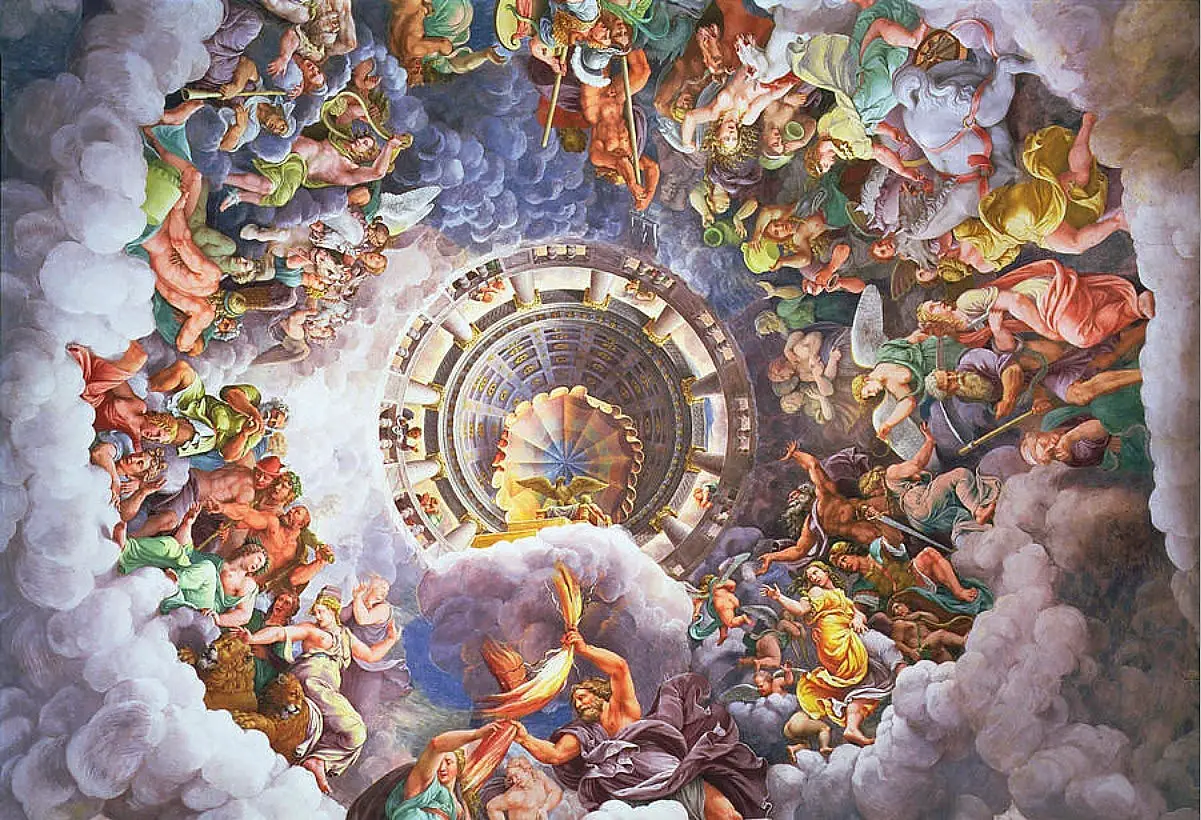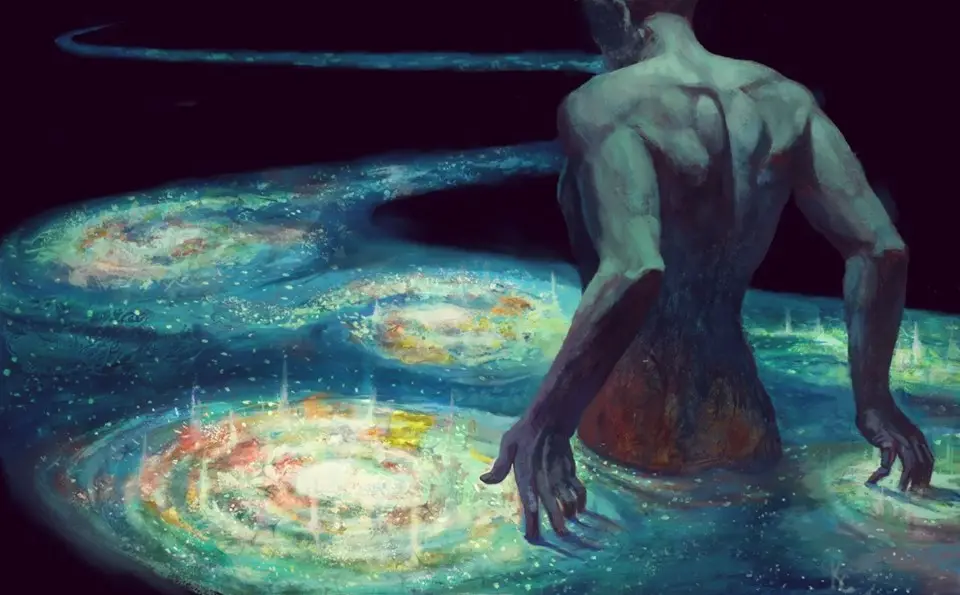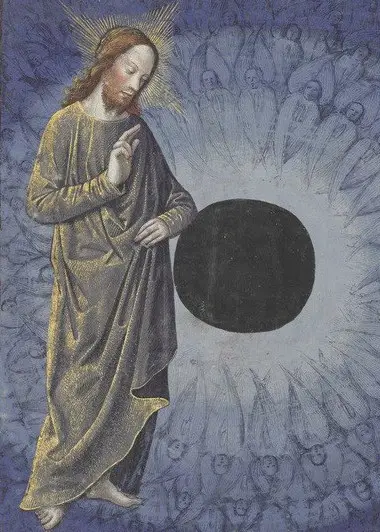Tag: Virgilio
The origin of the Sicilians and their migration to Sicily
Let's go to the discovery of the origin of the population of the Sicilians, from the Bronze Age to the Iron Age, through the synoptic reading of ancient texts in Greek and Latin, linguistic analysis and archaeological finds.
We do not live in time, but in "chronospheres"
The chronospheres are psychic experiences and dynamic spacetime events, like concentric circles in the water, they are different frequencies of the passing of time that involve us; if spacetime is like the ocean, the circles in the water are the traces and the different times that unfold and dilate, mixing and overlapping continuously
Francesco Petrarca and the search for the last Thule
The poet's adventurous journey in the footsteps of Greek and Latin geographers, in search of Thule, the lost and mythical Hyperborean homeland
Astrological considerations on the Gospel: the Passion and the Resurrection
A Science in Tatters: Survival of the Doctrines of Cyclic Time from the Timaeus to the Apocalypse
di Andrew Casella
cover: William Blake, illustration for Dante Alighieri's Divine Comedy
In the first article of this cycle [cf. Cyclic time and its mythological meaning: the precession of the equinoxes and the tetramorph], we have said that, at regular intervals, due to the precession, some alternations of constellations occur in the four cardinal points of the year. This is the reason why the sacred texts speak of certain "catastrophes" that determine some "submergence" of an old "earth" and the rise of a new one (at least up to a certain time in history). Each age of the world has its "earth", that is its ecliptic plane, delimited by the equinoxes and solstices, which emerges from the "sea", that is, from the demarcation plane of the celestial equator. When the points of the year are determined by other constellations, a new "earth" rises on the horizon, while the old one sinks below sea level.
Metamorphosis and ritual battles in the myth and folklore of the Eurasian populations
di Marco Maculotti
The zoomorphic metamorphosis topos is widely present in the folkloric corpus of a large number of ancient traditions, both from archaic Europe (on which we will focus mainly in this study), and from other geographical areas. As early as the fifth century BC, in Greece, Herodotus mentioned men capable of periodically transforming themselves into wolves. Similar traditions have been documented in Africa, Asia and the American continent, with reference to the temporary metamorphosis of human beings in fairs: bears, leopards, hyenas, tigers, jaguars. Sometimes, in some historically documented cases of the ancient world (Luperci, Cinocefali, Berserker) "The paranormal experience of transformation into an animal takes on collective characteristics and is at the origin of initiatory groups and secret societies" (Di Nola, p.12).







